2021 Most Endangered Rivers list highlights need for environmental justice
The people most impacted are also leading efforts to save their rivers and lands.
The threats facing America’s Most Endangered Rivers® of 2021 aren’t just threats to rivers and the environment. They are threats to people – to human health, safety and survival.
On Georgia’s South River (#4), predominantly Black neighborhoods are disproportionately impacted by sewage pollution. On New Mexico’s Pecos River (#5), Indigenous and Latino communities would be some of the hardest hit by pollution from a proposed mine. And on Mississippi’s Turkey Creek (#10), flooding and poorly planned development are putting historic communities at risk.
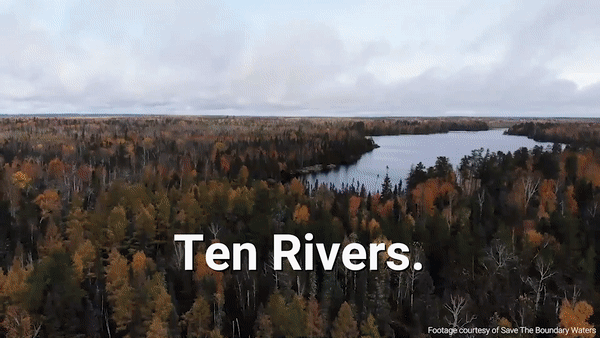
For 36 years, the America’s Most Endangered Rivers report has sounded the alarm about rivers facing urgent threats, spotlighting critical upcoming decisions and mobilizing public action. This year’s list is so important because it highlights the interconnected challenges of environmental injustice and climate change, and amplifies frontline leaders’ calls for solutions.
From the toxic pollution creating health concerns along Oklahoma’s Tar Creek (#6), to California’s McCloud River (#7) where raising the height of a dam would drown sacred sites, time and again it is Indigenous, Black, and Latino communities who are forced to bear the brunt of river degradation. On each of the ten rivers, our local partners have identified a specific action that would be a step toward river health, and a step toward justice. Now is the time to act.
No river in the country is more in need of bold, swift action than the Pacific Northwest’s Snake River. For years, Northwest tribes and local leaders have called for more effective efforts to save endangered salmon. Now, after decades of delay and half-measures by the federal government, salmon are slipping closer to extinction. The loss of salmon runs is not only a crisis for the ecosystem, it is a crisis for Indigenous people who depend on these iconic fish for their identity and culture.
“Salmon are critical to the cultural lifeways of Columbia-Snake River Basin tribes, like my own people of the Confederated Tribes of Warm Springs, Oregon, and are integral to regional identity, economies, and even the orcas and the Puget Sound,” says Alyssa Macy, CEO of Washington Environmental Council / Washington Conservation Voters.
Climate change is making the need for action on the Snake River more urgent. As temperatures rise, the river’s water is heating up. If salmon are to survive in a warming world, they need the refuge of the Snake River basin’s cold, pristine mountain streams. Scientists say removing the four federal dams on the lower Snake River must be part of any strategy to recover Snake River salmon.
“Removal of the four dams is a once-in-a-lifetime opportunity for salmon restoration that will benefit Tribal Nations, local economies, environmental ecosystems, and the Southern Resident Orca population for generations to come,” Macy says.
It is time for Northwest leaders to advance a salmon recovery solution that restores a free-flowing lower Snake, honors treaties, invests in clean energy and vital infrastructure and creates economic opportunity regionwide. We can work together to achieve the biggest river and salmon restoration effort the world has ever seen. At American Rivers, we’re committed to making big, lasting solutions happen on the Snake River and I am asking you to add your voice in support.
If we are to save the Snake River and all of America’s Most Endangered Rivers of 2021, we must prioritize justice. At American Rivers, we are working to realize a future of clean water and healthy rivers everywhere, for everyone. That won’t be possible unless we dismantle longstanding injustices that prevent Indigenous, Black and Latino communities from accessing and enjoying clean water and healthy rivers. These same communities that are disproportionately impacted by climate change and environmental degradation are spearheading efforts to protect their rivers and shore up their rights. We honor their leadership.
As John Kerry, Special Presidential Envoy for Climate, says in our America’s Most Endangered Rivers announcement event, “The truth is, so much of the work that we need to do to address environmental challenges actually happens not internationally but happens in much smaller communities, in states and cities and towns…We are all in this together.”
So please, support the local advocates and frontline leaders working to protect America’s Most Endangered Rivers of 2021. Year after year, success after success, we’ve proven that this spotlight makes a difference. Your voices matter. You can save a river.
AMERICA’S MOST ENDANGERED RIVERS® OF 2021
#1: Snake River (ID, WA, OR)
Threat: Four federal dams on the lower Snake River
#2: Lower Missouri River (MO, IA, NE, KS)
Threat: Outdated river management and flooding fueled by climate change
#3: Boundary Waters (MN)
Threat: Pollution from proposed sulfide-ore copper mining
#4: South River (GA)
Threat: Sewage pollution due to lax enforcement
#5: Pecos River (NM)
Threat: Pollution from proposed gold, copper and zinc mining
#6: Tar Creek (OK)
Threat: Pollution from Tar Creek Superfund Site
#7: McCloud River (CA)
Threat: Raising of Shasta Dam, flooding state Wild and Scenic River
#8: Ipswich River (MA)
Threat: Excessive water withdrawals
#9: Raccoon River (IA)
Threat: Pollution from industrial agriculture and factory farming
#10: Turkey Creek (MS)
Threat: Two major developments exacerbating flood risk

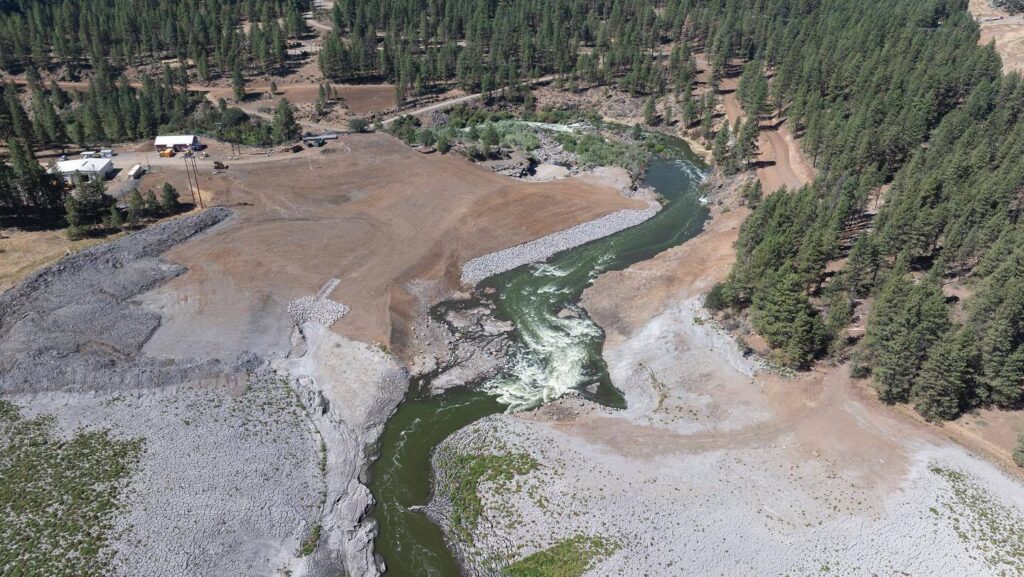
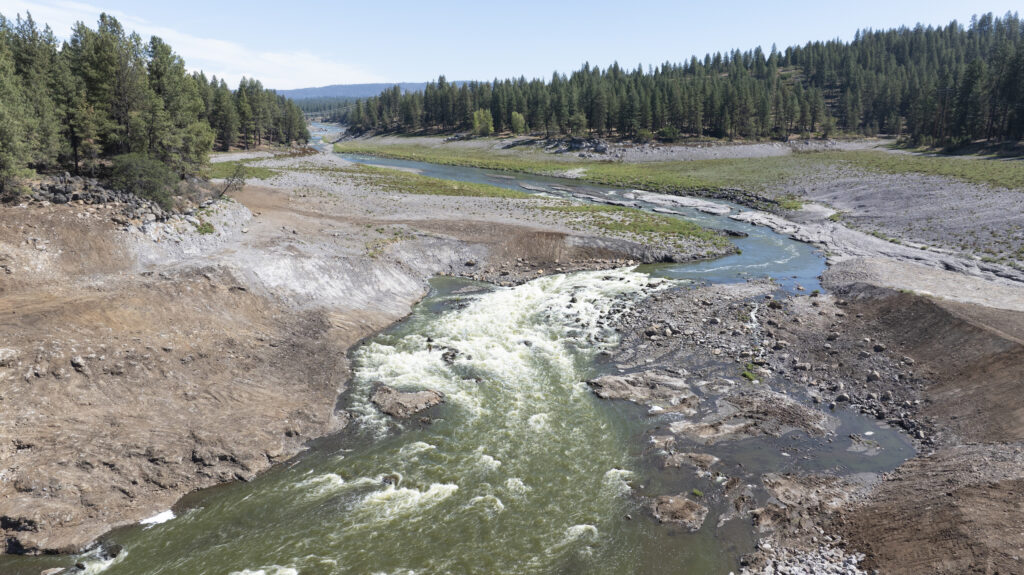
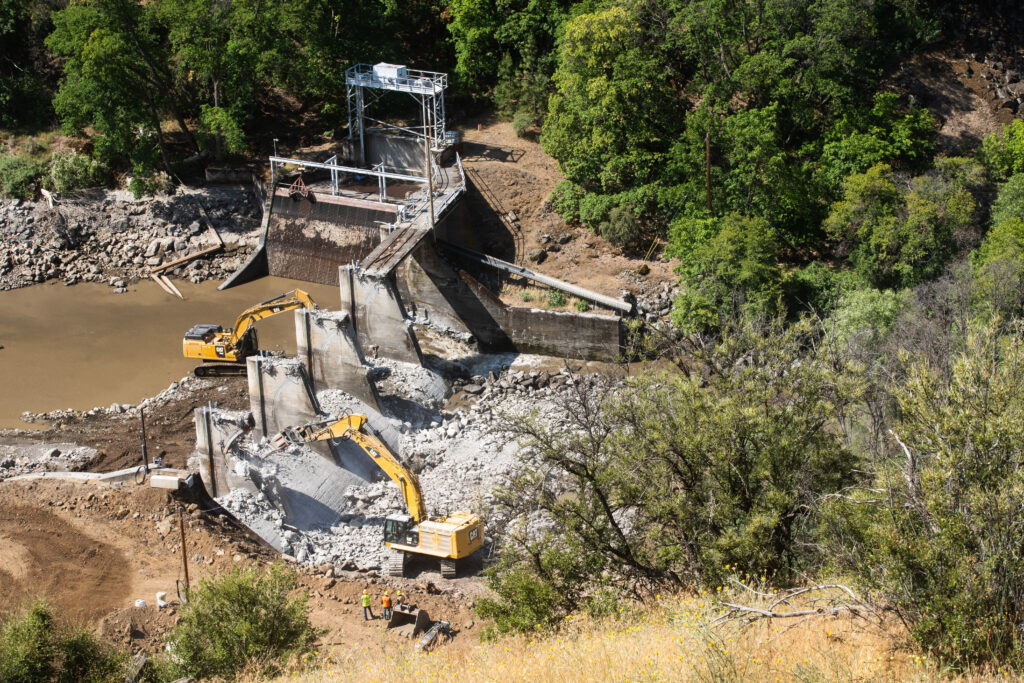
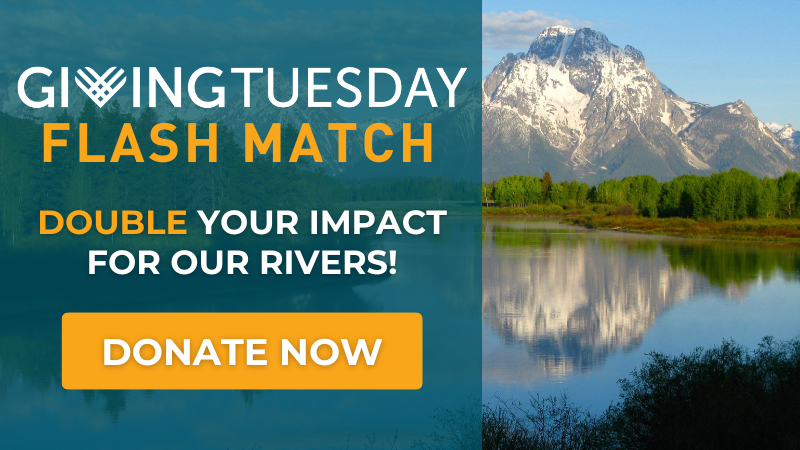
7 responses to “2021 Most Endangered Rivers list highlights need for environmental justice”
It will provide jobs for people living in the area with dam removal and habitat restoration work, also work to expand the wind and solar projects. Indigenous communities will be able to improve their health and cultural connection to the rivers that have been promised to them through disregarded treaties from the US. The Snake river will be more easily accessible to anadromous(going from fresh to salt water) fish species that Indigenous, local economies and commercial fisheries depend on and restore a link in the ecosystem provided by the keystone species of salmon. Humans will not need to move. It will only make humans connection with the natural world stronger and provide nature with a chance to restore itself. Millions of dollars per year are spent on hatcheries putting fish into the river and they have not gotten the results that are needed for anadromous fish to regain a foothold in the river. There is no later in this situation. Now is the only time we have to make a difference to save these species from extinction and to turn around the century of the environmental catastrophe of dams in the pacific Northwest.
Where does Gallatin River rank.
It’s in your back yard.
Quality of this blue ribbon fishery has been declining of past two decades. There does not appear to be adequate oversight.
I am not aware that Mt Fish and Wildlife has done a fish survey in past several years.
The 4 dams you want to remove located around the snake River for salmon to live what will it do to humans? Will humans need to move? If so how many?Can’t you preserve the eggs of salmon for an opportunity later if humans and other will be affected?
I am wondering where the Yukon River and Kuskokwim river in Alaska stand on this list. 30 years ago, when I lived there, the rivers were beginning to have fewer and fewer salmon fisheries open for fishing. It reached a point where not only were the rivers closed to commercial fishing, but Native people were lising the right to fish for subsistance purposes. I left there over twenty years ago and am wondering if commercial fishing has been reopened, and but the Natives are now being allowed fish to feed their families again.
Just learned of your organization through your Endangered Rivers press release. Thanks for this important effort.
How do I join?
Mining has no place near the Pecos River in New Mexico. As a resident of El Dorado, a community halfway beteeen Santa Fe and the town of Pecos, we value the River and surrounding area for recreation, conservation, and a place for rejuvenation and spiritual connection to nature. Mining is a dirty business that will pollute the river and disrupt the enjoyment of locals and tourists alike, causing a negative economic impact to the town of Pecos and surrounding communities, as well as disturb wildlife, resulting in the death of fish and other animals that rely on the river for sustanance. Please do everything we can to stop this unnecessary and damaging project.
I would like to know about mississinewa river. Factory hog farms are very close to river. They have put down plastic pipe. Is that toxic pig waste going into river.